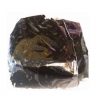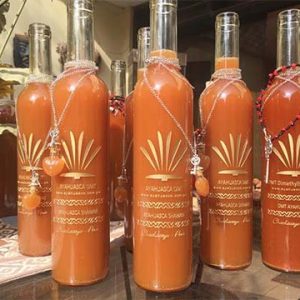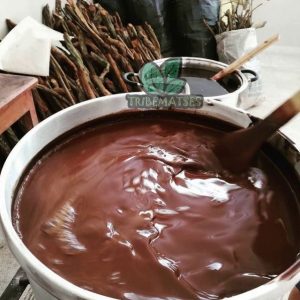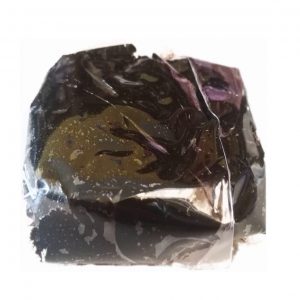$35.00
The concoction, brown in color, wood-like, extremely bitter and dry, has entheogenic properties that directly affect consciousness, or the ability to explain the environment, time and the body’s own perception. Mentally, it can produce a very lucid state of consciousness and visions that the educated can interpret or experience.
AYAHUASCA POWDER – BANISTERIOPSIS CAAPI
Banisteriopsis caapi is one of the two main ingredients of a traditional and visionary medicinal brew from the Amazon region, the Ayahuasca.
The active substances of this climbing plant are found inside the root of freshly cut stems. Banisteriopsis caapi acts as an MAO inhibitor. This means that it prevents certain chemicals from being destroyed by the human brain, such as psilocybin from magical fungi and DMT from plants mimosa hostilis, psychotria viridis and phalaris arundinacea and fungal tryptamines.
Banisteriopsis caapi intensifies the effect of fungi and makes DMT effective. The combination of an MAO inhibitor and a DMT-containing plant is generally called ‘ayahuasca’.
Effects
First you can feel nauseous. If you have to vomit, do not try to control it. In this case, vomiting has a purifying effect, both physical and mental. Nausea can be the physical symbol of the discharge of emotions that you do not normally like to confront. After vomiting you will feel much better and you will appreciate the trip much more.
The first visions will appear after 45 – 60 minutes, and you can experience a religious ecstasy. The visions can consist of intense colors and shapes of flowers, fireworks and mandalas. Depending on the dose you can be transported to wild worlds inhabited by exotic animals (usually jaguars, reptiles and insects), ancestors, gods, extraterrestrials and monsters.
You can be confronted with your own fears and frustrations, but do not panic or try to avoid them.
The indigenous doctors harvest this plant which, when cut, receives the name “palo” and prepares with it the purge, a concoction cooked for more than ten hours, a mixture of Banisteriopsis caapi trunk with Chacruna leaves (Psychotria viridis) or Diplopterys cabrerana. Although it is true that the mixture with chacruna is the most common, the variability in the composition of ayahuasca is very broad. However, its basic reference component will be the Banisteriopsis caapi liana.
The concoction, brown in color, wood-like, extremely bitter and dry, has entheogenic properties that directly affect consciousness, or the ability to explain the environment, time and the body’s own perception. Mentally, it can produce a very lucid state of consciousness and visions that the educated can interpret or experience.
The Psychotria viridis would contribute to the infusions of ayahausca, in its case, the molecule dimetiltriptamina or DMT. If one attends to the very low concentration of DMT that these plants contribute to the resulting infusion compared to the standard levels of psychoactivity tested for oral intake of DMT, the pharmacological complexity of this infusion is noted and it will be understood why its scarce toxicity.
Some ethnic groups use fresh or dried bark to produce a moderate stimulating effect when chewed.
Ayahuasca has a millenarian origin among the Amazonian cultures of Peru, Bolivia and Brazil, being the ethnic groups of the Urarinas and the Shipibo Conibo of Peru some of the most important representatives of their use and practice in their ceremonies and rituals of healing since time very old.
The right to use this plant, considered a sacred medicine by the ancestral worldviews and traditions of the original peoples of the South American jungles, is exclusively limited to those subjects who have received instructions for their proper administration. This knowledge comes from a tradition that has survived for millennia. There are testimonies of its misuse, especially if it is used outside of its traditional contexts, in cases in which it caused serious health problems, generally of a mental nature, in people who have used ayahuasca without being properly trained or equipped to do so.
Be the first to review “AYAHUASCA POWDER” Cancel reply
Related products
ayahuasca where to buy
ayahuasca where to buy
AYAHUASCA PURE” 30X Paste Banisteriopsis Caapi Ayahuasca “30X Resin
ayahuasca where to buy


![nutricargo-ayahuasca-4-1-powder-500x500-1000x1000[1]](https://psychedelicmade.shop/wp-content/uploads/2022/06/nutricargo-ayahuasca-4-1-powder-500x500-1000x10001-1.jpg)



Reviews
There are no reviews yet.